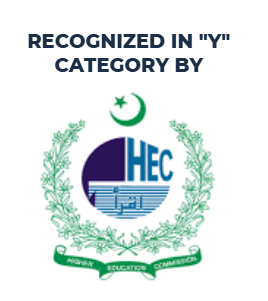Numerical Modelling and Rugged Techniques for De-orbiting of LEO Space Debris
DOI:
https://doi.org/10.24312/ucp-jst.01.02.234Abstract
According to the statistics of Space Surveillance Network (SSN), approximately 200 on-orbit and 54 strident events occurred which smashed the debris into smaller segments. It is essentially needed to identify intentional hypervelocity impacts, unintentional collision between satellite and explosion of satellites that create a debris cloud. Space debris (failed satellites and upper stage rockets etc) occupy large space in LEO, MEO and GEO altitudes, which may pose threat to operational and future missions. There are multiple techniques for reducing the impending space debris through targeted deterrent measures, such as, passivation measure or active de-orbiting. This paper presents the numerical modeling technique for identification of debris clusters based on density distribution, A/m ratio and explosion velocity. The breakup events of Fengyun-1C, NOAA-16, Iridium 33 and Cosmos 2251 have been considered and classical orbital elements using statistical tools. A rugged technique is devised for the removal of millimeter and centimeter level debris fragments. It is a cost-efficient yet effective approach, implemented with aid of a Hoover Capturing System (HCS). This system is composed of a current carrying conductor which produces a magnetic field similar to that of a bar magnet. The target fragments would be captured by HCS on close approach of the system. Afterwards, HCS would be transferred into the low parking orbit where it would dispose of junk through the window of opportunity. Ultimately, fragments would be burnt on reentry into lower altitude by atmospheric drag. This technique is very rugged, cost-efficient and effective can be utilized for frequent cycles.
Downloads
Published
Issue
Section
License
Copyright (c) 2024 UCP Journal of Science & Technology

This work is licensed under a Creative Commons Attribution 4.0 International License.







